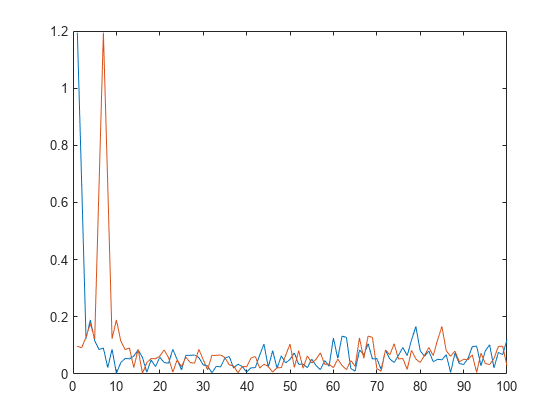lteULFrameOffset
PUSCH DM-RS uplink subframe timing estimate
Description
offset = lteULFrameOffset(ue,chs,waveform)waveform,
given UE-specific settings, ue, and PUSCH configuration, chs.
The returned value offset indicates the
number of samples from the start of the waveform, waveform,
to the position in that waveform where the first subframe containing
the DM-RS begins.
offset provides subframe timing; frame
timing can be achieved by using offset with the
subframe number, ue.NSubframe.
This information is consistent with real-world operation, since the
base station knows when, or in which subframe, to expect uplink transmissions.
Examples
Input Arguments
Output Arguments
Version History
Introduced in R2014a
